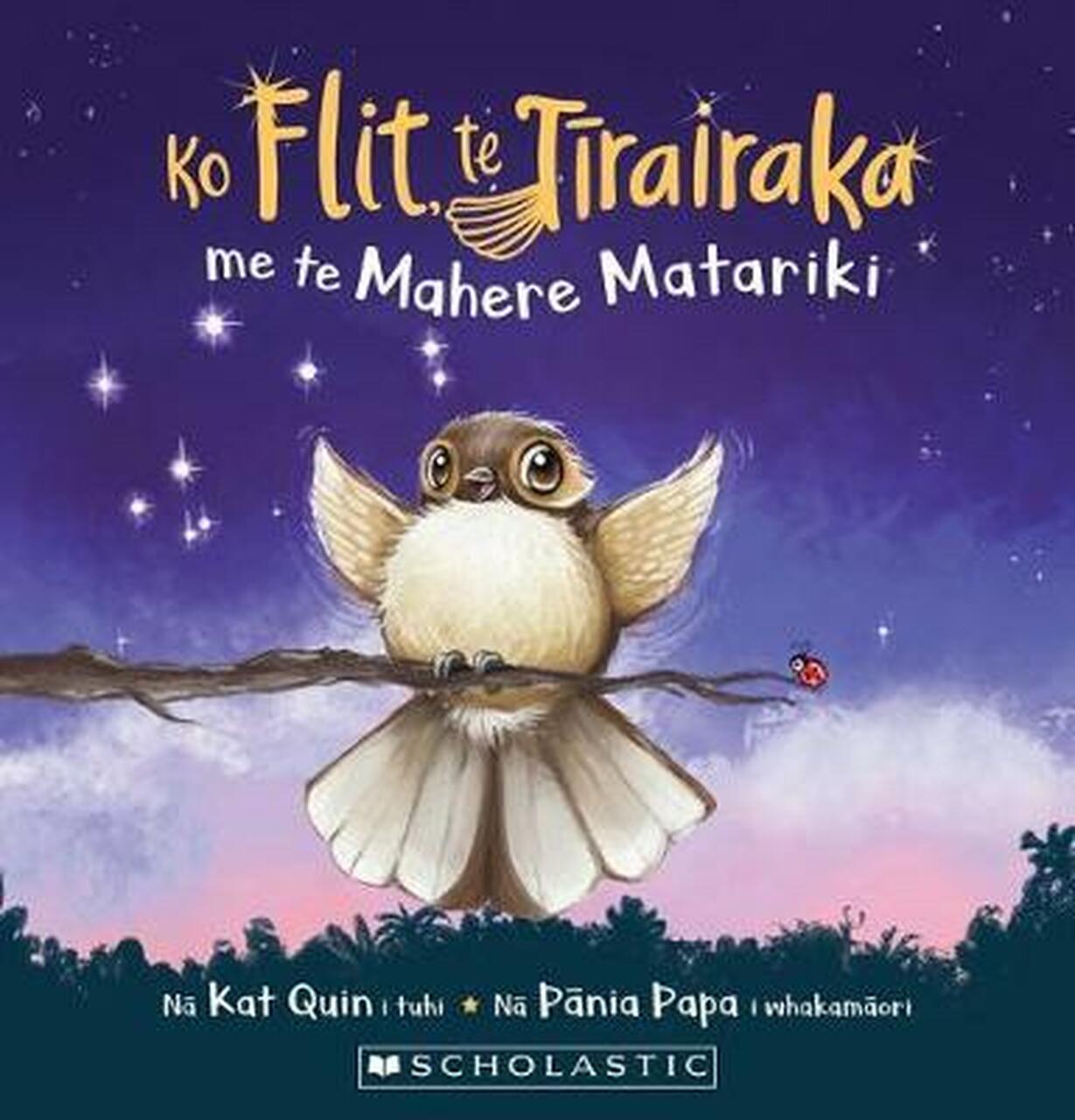Matariki is the Māori name for the cluster of stars, that rises in midwinter and for many Māori, heralds the start of the new year. For the first time in Aotearoa, it will officially be celebrated as a rā whakatā ā-ture
on the 24th of June 2022.
Matariki is a time for remembrance, celebrating the present and looking to the future.
Discover more about Matariki at www.matariki.net.nz including Songs, an Activity Book, Quiz and help finding the Matariki star cluster.
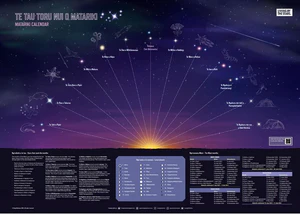 Visit the Morrinsville Library to view our Te Tau Toru Nui o Matariki calendar.
Visit the Morrinsville Library to view our Te Tau Toru Nui o Matariki calendar.
Te Tau Toru Nui o Matariki is a three year calendar system with Matariki at its heart. This Māori time keeping method is based on the position of the sun which marks the season, the predawn rising of certain stars that mark the month and the changing lunar phases that mark day. The triangulation of sun, stars and moon along with other ecological and seasonal factors all feed into this unique calendar system. Following a 3 year cycle, where an additional month is added into the calendar every 3 years based on the sighting of Matariki, this system will allow you to sync into a Māori division of time. This resource includes a waiata and hand actions that measure the rising of stars allowing people to learn the changing rhythms and sequence of the Matariki calendar.
 Matariki around the world: a cluster of stars, a cluster of stories by Rangi Matamua.
Matariki around the world: a cluster of stars, a cluster of stories by Rangi Matamua.
The Matariki cluster (or Pleiades) is known by many different names and is seen and celebrated by many cultures around the world. This illustrated book features 21 collected stories: 9 of which highlight the Māori Matariki stars, while the others reference the stories about this cluster passed down in different cultures, from the Pacific Islands to Australia, Asia, the Americas, Europe and Africa
In English.
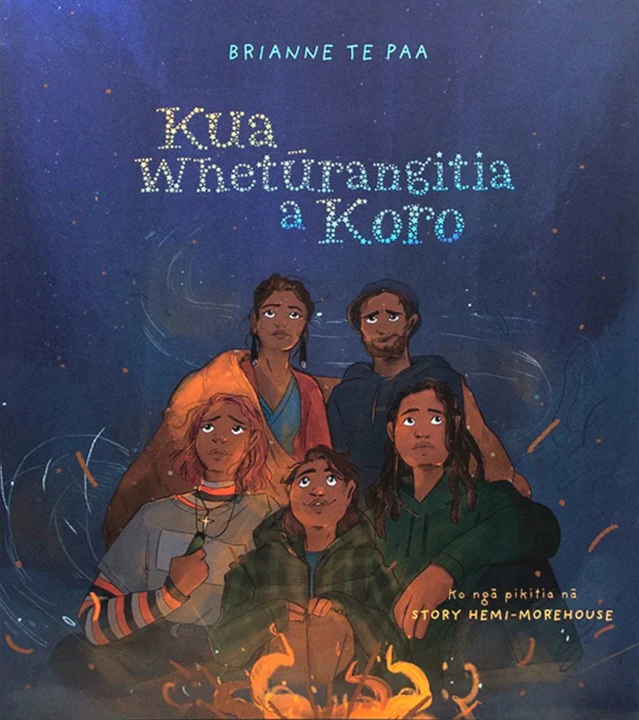 Kua whetūrangitia a koro by Brianne Te Paa.
Kua whetūrangitia a koro by Brianne Te Paa.
A young boy learns about the customs around celebrating Matariki from his grandfather. They watch the stars from the top of a mountain, prepare their offering of food for the gods, and the boy learns about Te Waka o Rangi and the tradition of calling out the names of loved ones who have passed away so that they can become stars. Just before Matariki the following year, the boy’s Koro suddenly dies. The boy gathers and prepares the food offering and asks each family member to come with him up the mountain when Matariki is due to rise, but they all make excuses, and he is disheartened. But when he tells them what Koro taught him, they all climb the mountain before sunrise, follow the rituals Koro carried out and call out Koro’s name so that he can become a star
In Maori.
Join Flit and his friends, Keri the kiwi and wise old Ruru, as they explore the night skies to work out how to capture a sparkling star. When the friends get lost, they follow the twinkling clues in the sky to find their way back home.
Maori or English versions are available.
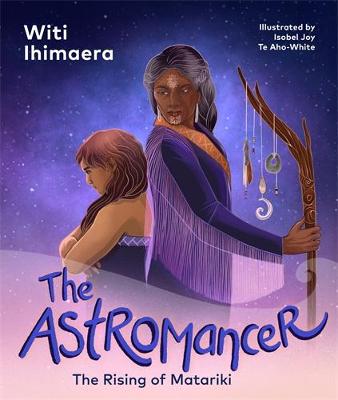 The astromancer: the rising of Matariki by Witi Ihimaera.
The astromancer: the rising of Matariki by Witi Ihimaera.
The Astromancer is looking for four new apprentices to learn about Matariki and the Maramataka calendar. She chooses three boys and an orphan girl, Aria, who will come only if she can bring her smelly dog. Aria, though, is bored by the lessons, and she doesn't want to be told what to do. But these are dangerous times, and Ruatapu the Ravenous is about to threaten the safety of the whole tribe. Will Aria step up to save them?"
In English.
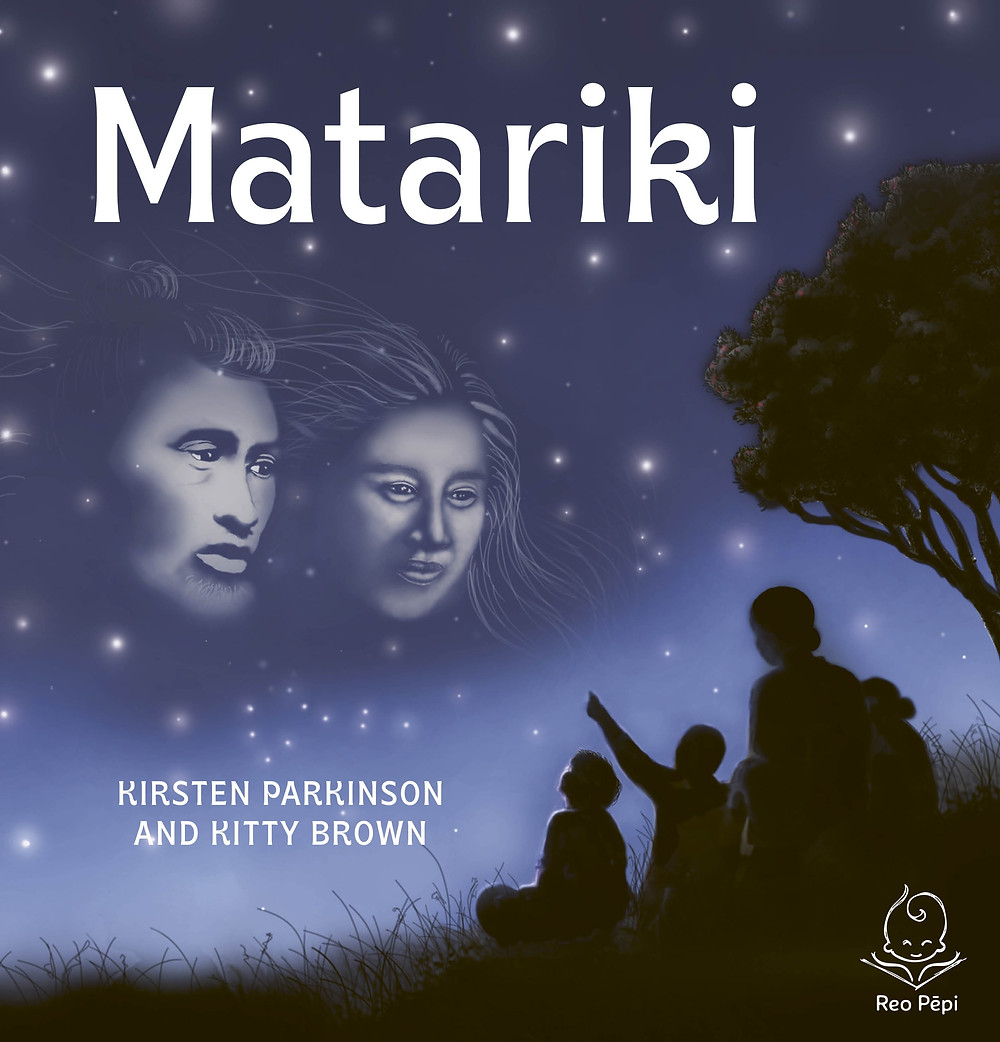 Matariki by Kirsten Parkinson.
Matariki by Kirsten Parkinson.
How can we celebrate Matariki? Let's look to the stars! Maumaharatia: Remembering our past. Tiakina te taiao: Caring for our environment. Te whakawhanaungatanga: Connecting with our people. Me pehea tatou e whakanui i a Matariki? Tirohia nga whetu! Maumaharatia te onamata Tiakina te taiao Te whakawhanaungatanga ki o tatou iwi. Explore the nine stars of Matariki in rich, detailed imagery and bilingual text. Dive into the meanings of the stars and Matariki itself. Encourage whanau to remember, celebrate and reflect at this important time of year.
Text in Maori and English.
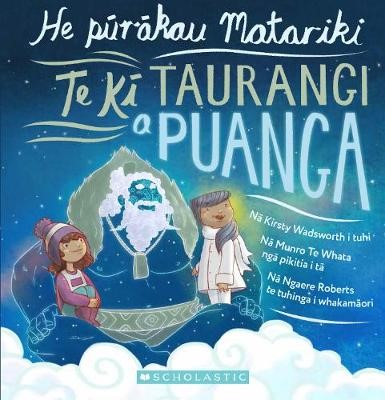 Te kī taurangi a puanga: he pūrākau Matariki by Kirsty Wadsworth.
Te kī taurangi a puanga: he pūrākau Matariki by Kirsty Wadsworth.
There is a bright new star in the winter sky -- Puanga, cousin to the Matariki sisters. Each year, she appears to the people of Aotearoa, a special sign (for those unable to see Matariki) that winter and the Māori new year are coming. With themes of friendship, family, Māori tradition and the empowerment of young women.
In Maori.
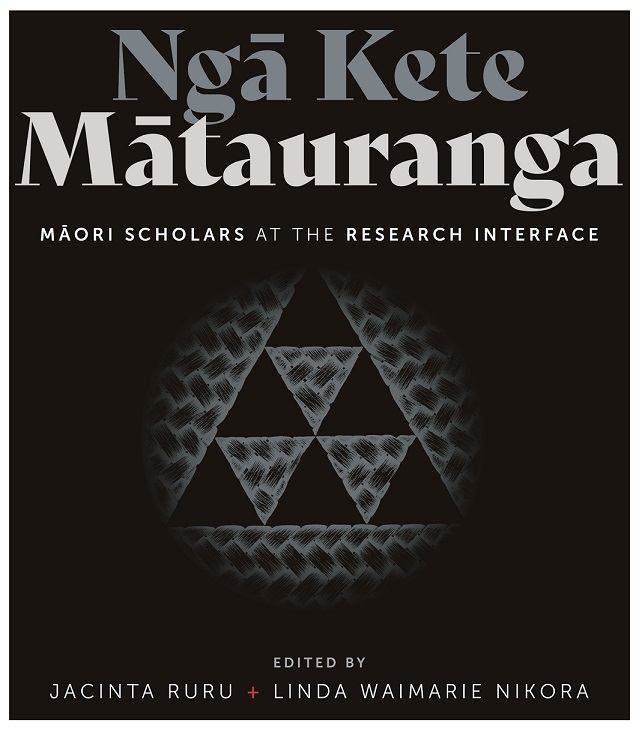 Ngā kete mātauranga: Māori scholars at the research interface by Jacinta Ruru.
Ngā kete mātauranga: Māori scholars at the research interface by Jacinta Ruru.
In this beautiful and transformative book, 24 Maori academics share their personal journeys, revealing what being Māori has meant for them in their work. Their perspectives provide insight for all New Zealanders into how mātauranga is positively influencing the Western-dominated disciplines of knowledge in the research sector. It is a shameful fact, says co-editor Jacinta Ruru in her introduction to Ngā Kete Mātauranga, that in 2020, only about 5 percent of academic staff at universities in Aotearoa New Zealand are Māori. Tertiary institutions have for the most part been hostile places for Indigenous students and staff, and this book is an important call for action. 'It is well past time that our country seriously commits to decolonising the tertiary workforce, curriculum and research agenda,' writes Professor Ruru.
In English.
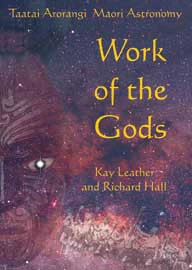 Tātai arorangi, Māori astronomy: Work of the gods by Kay Leather.
Tātai arorangi, Māori astronomy: Work of the gods by Kay Leather.
Much of the star lore of the Māori has, through the wisdom of the elders, been preserved in the original story form, almost intact. Work of the Gods, and the books that follow in this series, place in print for the first time a comprehensive analysis of the astronomical knowledge of the Māori and the ways it was used.
Text in English with some Māori.
Te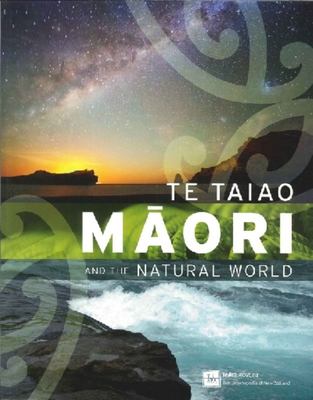 taiao = Māori and the natural world by Jennifer Garlick.
taiao = Māori and the natural world by Jennifer Garlick.
In traditional Maori knowledge, the weather, birds, fish and trees, sun and moon are related to each other, and to the people of the land, the tangata whenua. It is truly an interconnected world - a vast family of which humans are children of the earth and sky, and cousins to all living things. In this richly illustrated book, Maori scholars and writers share the traditional knowledge passed down the generations by word of mouth. It provides a unique window on the relationship of the people of this land with their environment, as well as the profound knowledge and necessary skills they needed to survive here. How did Maori describe and predict the weather, use the moon as a guide for successful fishing and planting, and celebrate Matariki, the Maori New Year? How did they describe and move about their environment, and survive? Discover forest lore and traditional uses of forest plants, how Maori hunted moa, harvested birds, fish and shellfish, and cultivated plants they bought with them from Polynesia.
Text in English with some Māori.
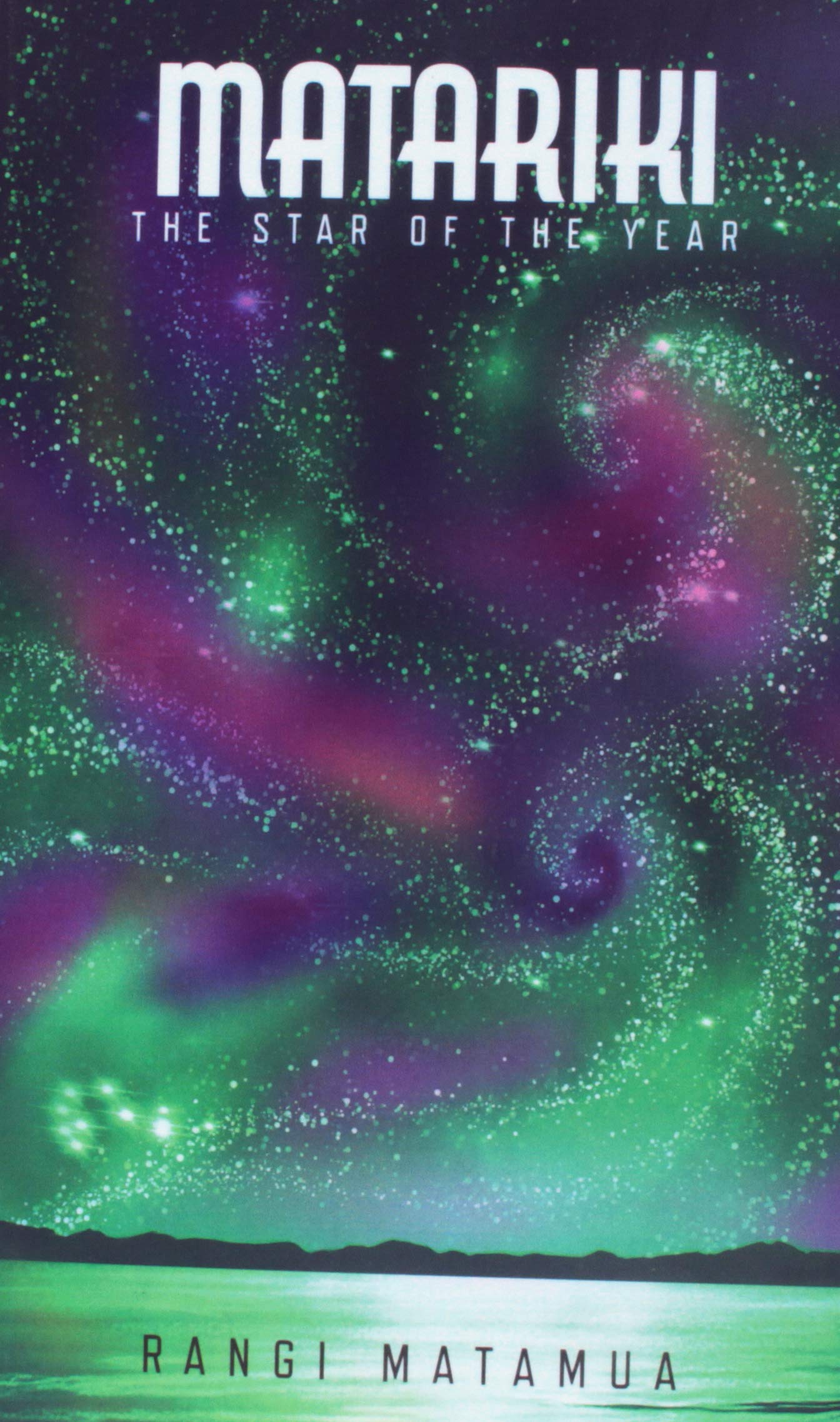 Matariki: the star of the year by Rangi Matamua.
Matariki: the star of the year by Rangi Matamua.
In midwinter, Matariki rises in the pre-dawn sky, and its observation is celebrated with incantations on hilltops at dawn, balls, exhibitions, dinners and a vast number of events. The Matariki tradition has been re-established, and its regeneration coincides with a growing interest in Māori astronomy. Still, there remain some unanswered questions about how Matariki was traditionally observed. These include: What is Matariki? Why did Māori observe Matariki? How did Māori traditionally celebrate Matariki? When and how should Matariki be celebrated? There has been a resurgence of interest in and celebration of Matariki, and this book provides accessible information about its meaning and significance, how to locate Matariki and when, traditional customs and knowledge regarding Matariki and current-day practices.
In English.
Find more great reading recommendations on our Books and Reading page!

